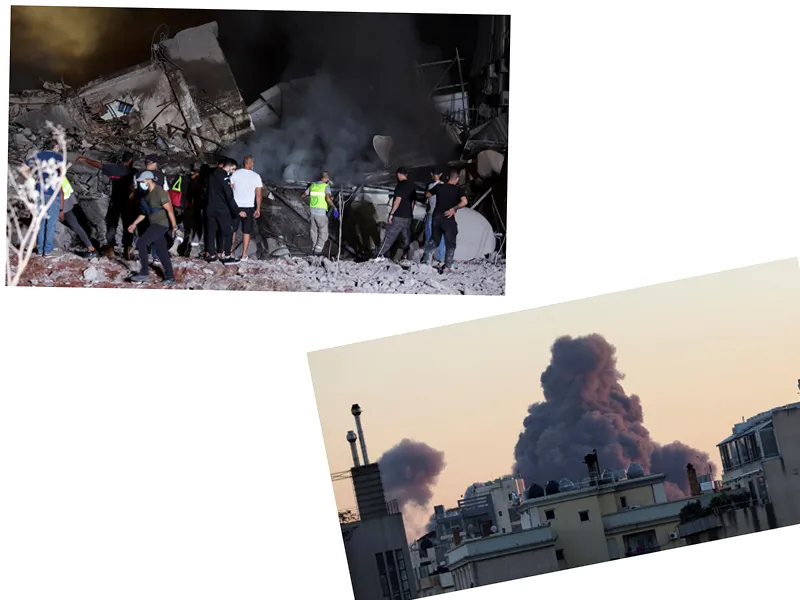Intensified Israeli Airstrikes Target Hezbollah in Southern Lebanon
In a significant escalation of military operations, the Israel Defense Forces (IDF) launched a comprehensive airstrike campaign on October 6-7, 2024, targeting over 120 Hezbollah positions in southern Lebanon. Utilizing 100 fighter jets, the IDF aimed to dismantle the command and control capabilities of Hezbollah, a militant group with strong ties to Iran. The airstrikes, which lasted for an hour, focused on critical assets including missile and rocket arrays, intelligence headquarters, and geographical units along the southern front. This operation is part of Israel's broader strategy to mitigate threats from Hezbollah and ensure the safety of its citizens.
The IDF emphasized that the airstrikes were conducted with precision intelligence to minimize civilian casualties. Prior to the attacks, the Israeli army issued evacuation warnings to residents in targeted neighborhoods, particularly in the southern suburbs of Beirut, which have been heavily bombarded. Despite these warnings, the ongoing conflict has resulted in significant destruction and loss of life, with reports indicating over 2,000 casualties in Lebanon since the onset of hostilities in October 2023.
Hezbollah's Response and Ongoing Conflict
In retaliation for the Israeli airstrikes, Hezbollah has intensified its rocket attacks on Israel, targeting military bases in the north, including a recent assault on the Carmel base near Haifa. This response comes as the group seeks to demonstrate its resilience following the death of its leader Hassan Nasrallah in an Israeli strike. The ongoing conflict has created a dire humanitarian situation in Lebanon, with approximately 1.2 million people displaced and many fleeing from the southern suburbs of Beirut to safer areas.
The situation remains volatile as both sides continue to engage in military operations, raising concerns about further escalation and the humanitarian impact on the civilian population in Lebanon and Israel.






